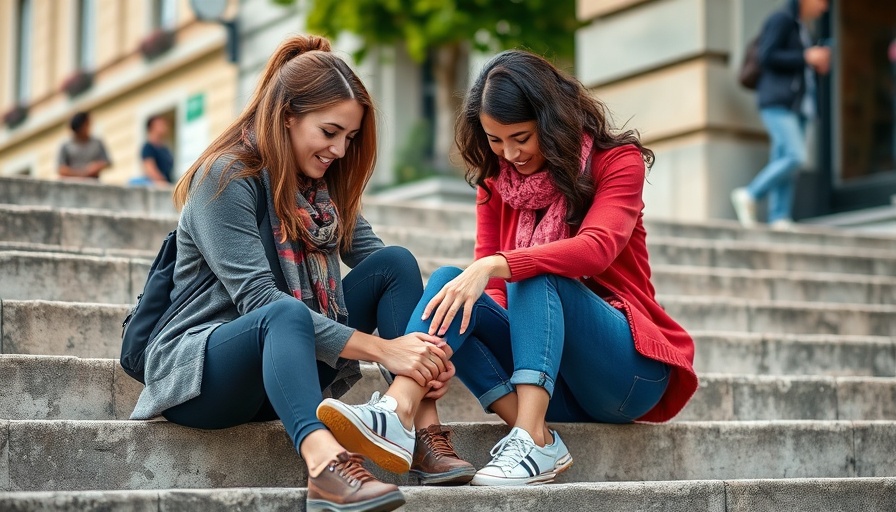
The Importance of Blister Bandages
Blisters can be a painful nuisance, especially for those who lead an active lifestyle. Whether you're hiking up a mountain or simply breaking in a new pair of shoes, blisters can quickly derail your plans. To keep your feet comfortable and injury-free, blister bandages play an essential role. They not only protect the skin but also promote quicker healing, allowing you to stay on your feet longer.
What Are Blister Bandages?
Blister bandages are specially designed pads that cushion, protect, and help heal blisters. These bandages create a barrier that shields the affected area from friction while also creating the ideal environment for the skin to recover. According to dermatologists, using blister bandages can expedite the healing process significantly, which is crucial for anyone who might need to stay active.
Understanding Types of Blister Bandages
When it comes to blister bandages, understanding the different types can help you make an informed choice. Here are some common options:
- Hydrocolloid Bandages: These are often considered the gold standard in blister care. They maintain a moist environment that enhances healing and can provide up to 10 times more pain relief compared to standard bandages.
- Silicone Gel Pads: Ideal for cushioning, these pads are beneficial for pressure relief, particularly for blisters located on high-friction areas.
- Fabric Bandages: These are flexible and comfortable but may not provide as much moisture retention as hydrocolloid options.
How to Choose the Right Blister Bandage
Selecting the right blister bandage depends on several factors, including the blister's location and severity:
- Material: Hydrocolloid is best for healing, while silicone provides extra cushioning.
- Size and Shape: Different activities might require various shapes and sizes; for instance, smaller strips work better for toes, while rounded pads are perfect for heels.
- Adhesive Strength: Ensure that the adhesive sticks well but is gentle on removal to avoid further skin irritation.
- Waterproofing: If you're active and sweat a lot, waterproof bandages can help keep the area protected.
Benefits of Using Blister Bandages
The benefits of blister bandages extend beyond immediate comfort:
- Accelerated Healing: They help keep blisters moist, which is key in speeding up the body's natural repair process.
- Convenience: They are portable and easy to apply, making them a great option for spontaneous outdoor activities.
- A Multifunctional Tool: Blister bandages can also be used on other types of skin irritations such as minor cuts or scrapes, which makes them a versatile addition to any first aid kit.
Common Myths About Blisters
There are several misconceptions about blister first-aid treatments. One common myth is that blisters need to be popped to heal faster; however, this can lead to infections. Keeping the skin intact allows it to heal naturally. Furthermore, many believe that exposing blisters to air promotes better healing, but research shows that maintaining a moist environment is actually more effective.
Tips for Preventing Blisters
Preventing blisters is key to maintaining foot health. Here are some practical tips:
- Choose the Right Shoes: Ensure they fit well and don't rub your skin excessively.
- Use Anti-Friction Products: Products like Body Glide can reduce friction significantly.
- Wear Moisture-Wicking Socks: These can help manage sweat and reduce blister formation.
- Break in New Shoes Gradually: Rather than wearing new shoes for long periods right away, break them in slowly.
Conclusion: Invest in Your Foot Health
Blister bandages are an affordable and effective way to safeguard your foot health. By protecting your feet with these specialized pads, you'll ensure a more comfortable experience, whether you’re hiking, running, or simply enjoying a day out. Create a habit of choosing the right bandages and following proper foot care routines, and you’ll find that enjoying an active lifestyle becomes much easier. So, embrace blister bandages for quick healing and keep discomfort at bay!
 Add Row
Add Row  Add
Add 



Write A Comment